Last week, the Landmarks Preservation Commission held the fourth and final public hearing to deal with the 95 properties that have been under consideration for designation prior to 2010. Among the items discussed on Thursday were three houses, geographically spread from Kips Bay to Murray Hill to the Upper East Side. If designated as landmarks, they’ll certainly be referred to by many as historic houses. If not, their very existence will be put into doubt.
Perhaps the most interesting of them is what is referred to as the President Chester A. Arthur House at 123 Lexington Avenue. It’s on the east side of the street between East 28th Street and East 29th Street. The architect is unknown, but the style is Italianate, though it has been altered since its construction in 1855. A public hearing for the property was last held on December 27, 1966.
Only two presidents have been sworn in in New York City. The first was George Washington on April 30, 1789, at the site where Federal Hall now sits. The second was Chester A. Arthur on September 19, 1881 at his home at 123 Lexington Avenue. While Washington’s swearing-in was part of the grand beginning of our republic, Arthur’s was an emergency. He took the oath of office following the assassination of President James A. Garfield.
Most people know next to nothing about President Arthur. So, this is an excellent opportunity to tell you a little bit about him. He was born in 1829 and served as quartermaster general of the New York Militia in the Civil War. After the war, he became active in the political machine run by Senator Roscoe Conkling and was appointed by President Ulysses S. Grant to be the Collector of the Port of New York. Interestingly, after being elected vice president and then becoming president, he signed the Pendleton Act, the purpose of which was to reduce corruption. He didn’t live much past his time as president, dying back at his New York home in 1886 at age 57.
“No man ever entered the presidency so profoundly and widely distrusted as Chester Alan Arthur, and no one ever retired…more generally respected, alike by political friend and foe,” wrote journalist Alexander McClure.
As for his home, it was originally one of nine similarly designed five-story structures on that block. “While many of the lower floors have been altered, the upper floors each have three segmental headed double hung windows with molded stone sills and cap-molded lintels,” the Historic Districts Council’s Susan Harper said in describing it. “A metal cornice on brackets, typical of so many brownstone fronts, crowns each building at the roof level.”
Urban legend had it that William Randolph Hearst, who was residing at 119 Lexington Avenue, eventually lived there, but, according to the LPC, that has been disproved. However, he did buy it in 1901 and housed automobiles on the first floor while providing lodging for a caretaker above. A market called Kalystyan’s now occupies the storefront.
There was much support for designating it as an individual landmark. Harper cited its “notable history” in supporting designation. Gary Papush delivered Community Board 6’s support. Robin Garr of the Guides Association of New York City called for the “preservation of tangible places where historic events occurred.”
The Victorian Society’s Hilda Regier noted that the home where George Washington first lived as president was demolished to make way for the Brooklyn Bridge and hoped the Arthur home wouldn’t meet the same fate. The New York Landmarks Conservancy and the City Club also endorsed designation.
Another home that got a public hearing is the house at 412 East 85th Street, located on the south side of the street between First Avenue and York Avenue. The three-story house was built, according to the LPC, in the Vernacular style sometime before 1861. (The Victorian Society and Historic Districts Council refer to it as Italiante.) The architect is unknown. Public hearings were last held for it on December 27, 1966 and January 31, 1967.
More than one thing is unusual about this home. It is one of the only surviving pre-Civil War wood structures to survive.
“The three-story house was built with a large front porch with Italianate columns, a wooden cornice and exterior wooden shutters. The upper floor featured segmental arched double-hung windows,” the Victorian Society said in describing it.
Another thing that is unusual about it is that its owner, Susan Jordan, actually supports designation. Owners often oppose designation of their own property because it means an additional step if they want to execute alterations. Jordan actually undertook a significant restoration effort in 1996.
Jordan said people are constantly stopping in front of her house and saying, “Wow! I love this place! How old is it?” She said it has “seen it all,” having also housed a hospital and a tombstone manufacturer.
City Council Member Ben Kallos called it an “absolutely amazing” vestige of Yorkville’s farm history.
“Aside from the building’s historic and architectural merit, it is clear that it has stood out as a special building in the neighborhood for a long time, and commands a high level of responsible stewardship,” said HDC’s Allison Greenberg. “HDC strongly supports the designation of 412 East 85th Street to celebrate and protect this rare piece of Yorkville’s history for generations to come.”
Rachel Levy of the Friends of the Upper East Side Historic Districts said it has a “mix of historic fabric and historically appropriate new material.”
Preservationist and New York University professor Franny Eberhart called it a “window to the history of Yorkville.” She said it wasn’t just the relatively opulent Gracie Mansion, but that plain people also lived in white homes. The New York Landmarks Conservancy and Victorian Society also support designation.
The final home under consideration was 150 East 38th Street, located on the south side of the street between Lexington Avenue and Third Avenue. Its original architect is unknown, but it was constructed in 1861 and altered by Robertson Ward in 1934. A public hearing for it was last held on December 27, 1966.
Its neighbor, 152 East 38th Street, was designated a landmark in 1967. It, however, has sat undesignated for all these decades. Though the two structures became part of a unified complex, attorney Ariel Holzer of GoldmanHarris, who represents owner, noted the distinction between the two in opposing designation.
Christabel Gough of the Society for the Architecture of the City, on the other hand, said designation would mean “memorializing a moment in time.” Mark Thompson of Community Board 6 called it “charming.”
“The young Landmarks Commission felt strongly enough to landmark one half of this Regency Revival style complex as one of its earliest designations, yet it appears to have tabled action on 150 East 38th Street because of owner opposition,” said Historic Districts Council advisor John Jurayj. ”Now almost fifty years later, the time has finally come to complete the job and unite the entire composition by awarding the second half of this design the landmark status that it so rightly deserves.”
The Murray Hill Neighborhood Association also endorsed designation.
What’s next for these three properties? The commission will hold public meetings, at which time it will consider either prioritizing designation for some items by December 2016, removing items from the calendar by voting not to designate, or removing items from the calendar by issuing a no action letter.
Subscribe to YIMBY’s daily e-mail
Follow YIMBYgram for real-time photo updates
Like YIMBY on Facebook
Follow YIMBY’s Twitter for the latest in YIMBYnews

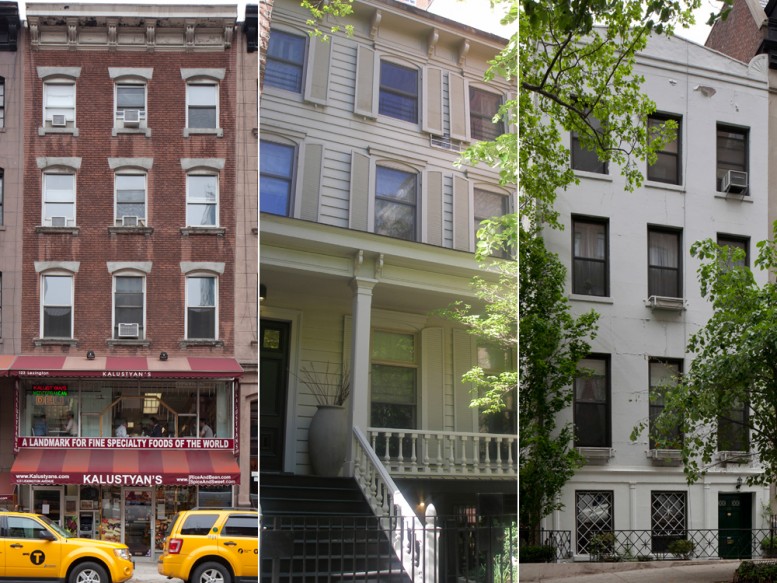
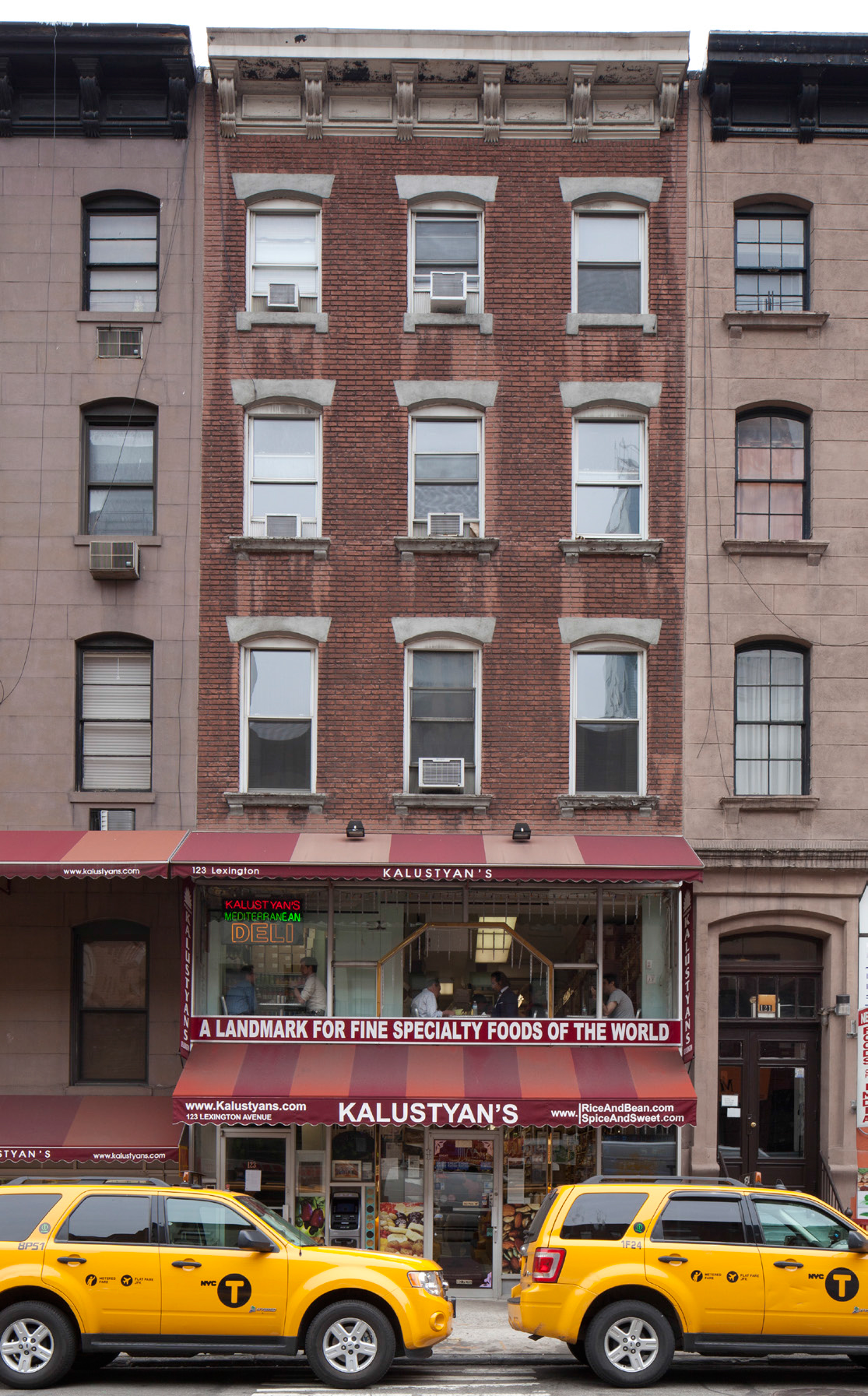
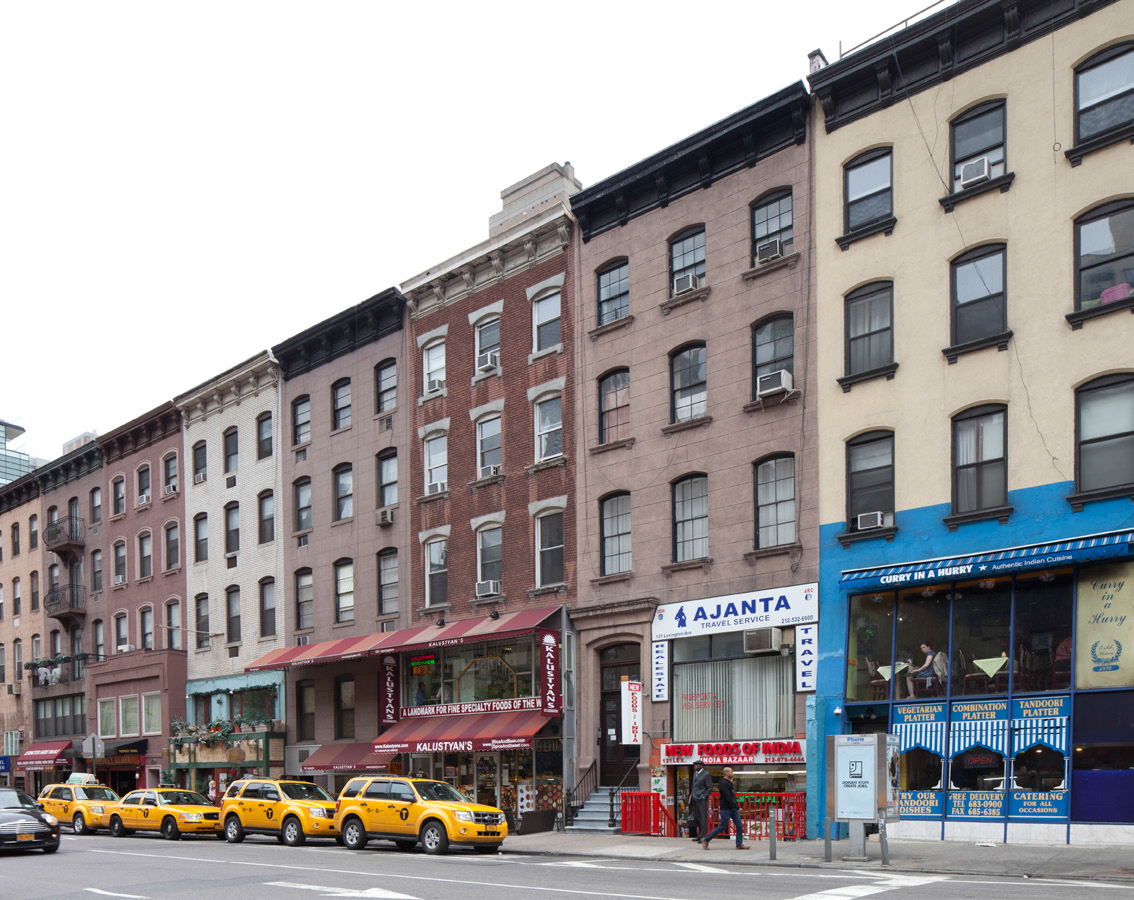
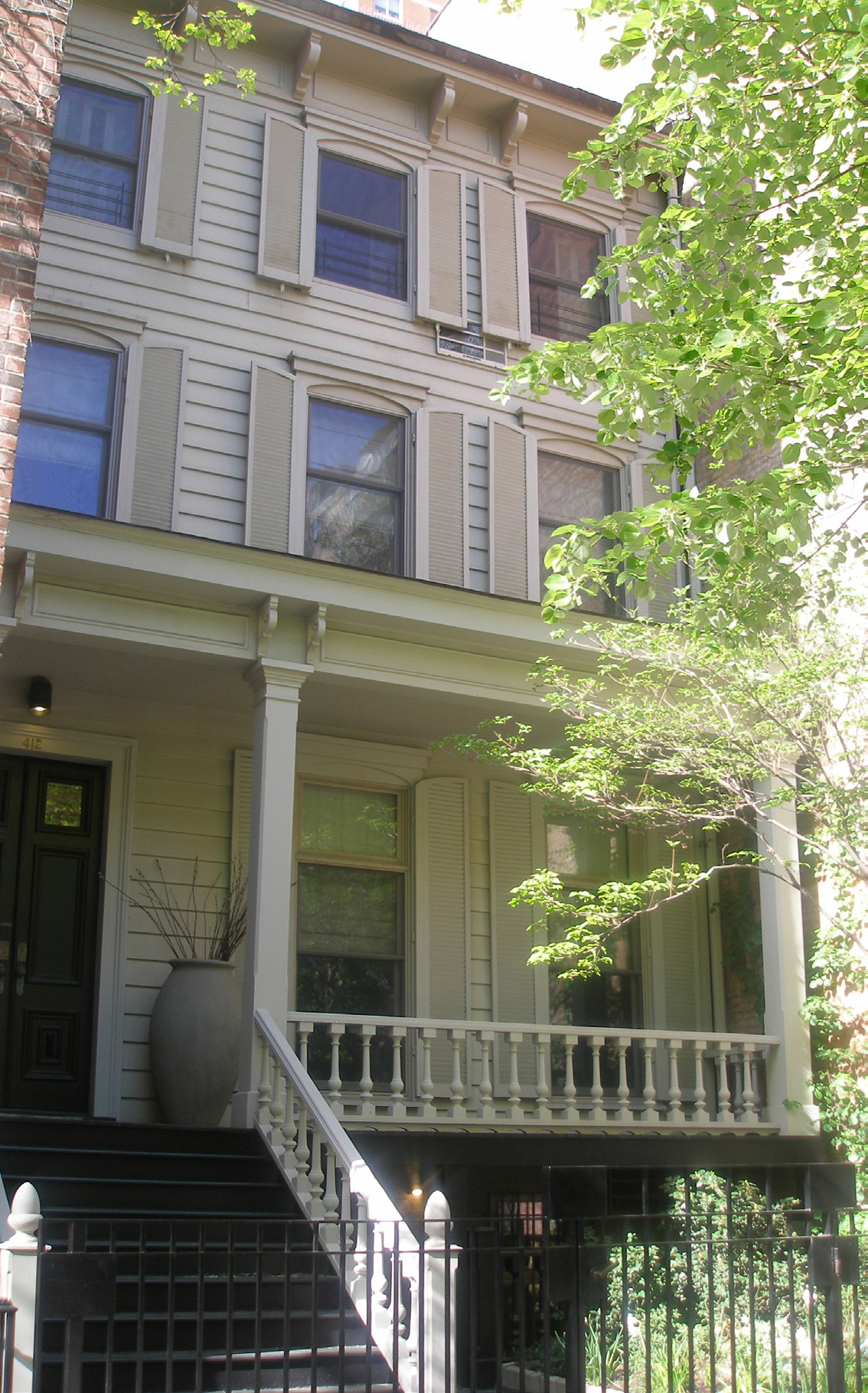
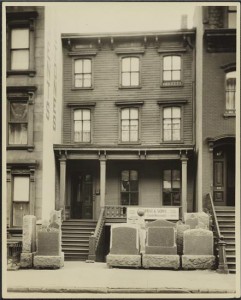
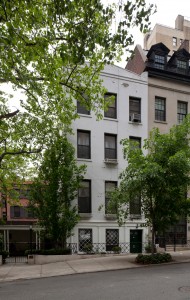


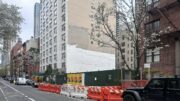
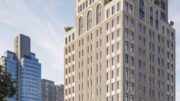
“Owners often oppose designation of their own property because it means an additional step if they want to execute alterations.”
Really, that’s the reason? I thought it’s because the Commission can prevent owners from making alterations of their choosing to their own property — or demolishing a building to replace it with one having greater value to the owner. Now I know they oppose designation only to avoid the inconvenience of that extra step.
Why would you minimize the impact of designation?
Preservationists who want to preserve a building can buy it, and preserve their own property at their own expense. But why should they, when they can preserve someone else’s property at someone else’s expense? Landmarking is legal theft of property value. The Landmarks Preservation Law is immoral.